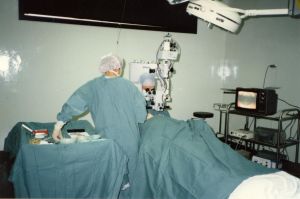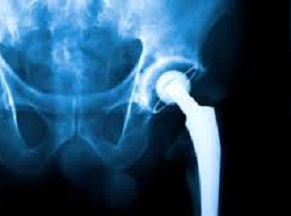According to a recent news article from the Times-Herald, a patient interviewed was a former college football player at East Tennessee State University and a life long athlete who had developed severe arthritis in both of his hips. His doctors told him there was virtually no chance he would be able to continue walking if he did not have a double hip replacement.
 The patient, now 56 years old, said he did not want a double hip replacement. There was no way he wanted to undergo the surgery and did everything he could to avoid the procedure. He said his daily pain level was eight out of ten and sometimes worse. He needed a walker and a cane just to get around.
The patient, now 56 years old, said he did not want a double hip replacement. There was no way he wanted to undergo the surgery and did everything he could to avoid the procedure. He said his daily pain level was eight out of ten and sometimes worse. He needed a walker and a cane just to get around.
Finally, after the pain got unbearable, he spoke to a new doctor who had recently relocated to the area and was using a relatively new procedure during surgery known as anterior total hip arthroplasty. Patient listened to what the doctor had to say and also did his own research. He determined the new procedure, which had been around for some time at other hospitals, was as good as advertised, and with this new approach, healing and rehabilitation took two months less on average than when using conventional surgical procedures for total hip replacement.
Continue reading
 Product Liability Lawyer Blog
Product Liability Lawyer Blog









